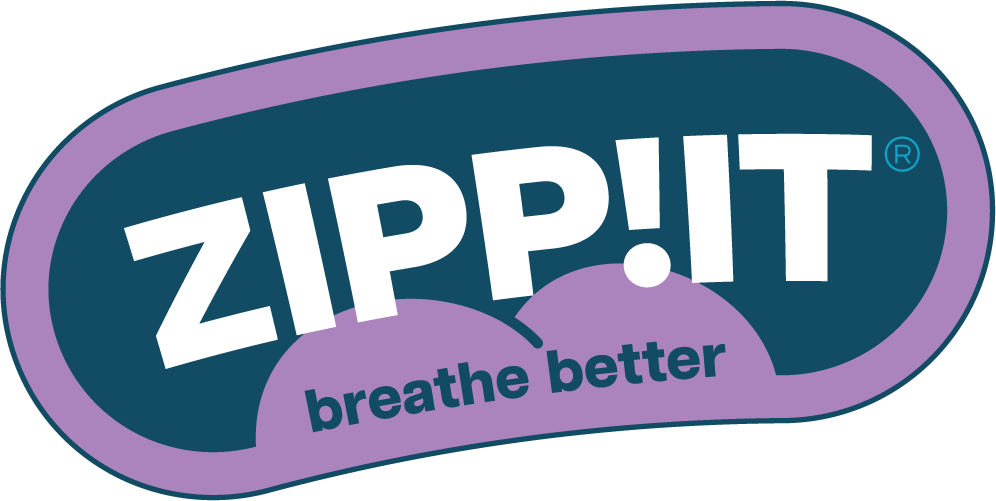Choose nasal breathing, lower your blood pressure: how it works
Did you know that nasal breathing has a direct effect on your blood pressure? Millions of people struggle daily with high blood pressure, often without realizing the powerful influence their breathing has on it. While medication and lifestyle changes remain important, more and more people are discovering the surprising benefits of conscious nasal breathing as a natural addition to their health routine.
Research shows that the way we breathe is directly connected to our cardiovascular system. When you breathe through your nose instead of your mouth, you activate specific mechanisms in your body that contribute to healthier blood pressure. This age-old wisdom is now supported by modern science, which shows how nasal breathing stimulates the parasympathetic nervous system and reduces stress.
In this article, you’ll discover how nasal breathing works as a natural way to lower blood pressure, which breathing techniques are most effective, and how you can integrate this simple yet powerful method into your daily routine. You’ll also learn about the scientific background of this connection and get practical tips to get started right away.

How Nasal Breathing Affects Your Blood Pressure
The connection between nasal breathing and blood pressure lies hidden in the complex workings of our autonomic nervous system. When you consciously breathe through your nose, you activate the parasympathetic nervous system—the part of your nervous system responsible for rest and recovery. This activation has a direct calming effect on your cardiovascular system.
Scientific research has shown that nasal breathing stimulates the production of nitric oxide (NO) in the nasal sinuses. This gas acts as a natural vasodilator, causing blood vessels to relax and blood pressure to drop. Mouth breathing completely lacks this benefit, as the mouth does not produce nitric oxide during breathing.
Oxygen regulation also plays a crucial role in nasal breathing and blood pressure. By breathing through your nose, you filter the air better, warm it to body temperature, and humidify it optimally. This ensures more efficient oxygen absorption in your lungs and a more stable oxygen saturation in your blood. Stable oxygen saturation means less stress for your heart and blood vessels.
Moreover, nasal breathing naturally regulates your breathing rhythm. The slower, deeper breathing that occurs with conscious nasal breathing activates the baroreceptors in your body—sensors that monitor and regulate your blood pressure. These receptors signal your brain to lower blood pressure when they detect a calm, regular breathing pattern.
Effective Breathing Exercises for Natural Blood Pressure Reduction
Several breathing techniques have been proven effective for lowering high blood pressure. The 4-7-8 technique is one of the most researched methods: inhale through your nose for 4 counts, hold your breath for 7 counts, and exhale through your mouth for 8 counts. This technique directly activates the parasympathetic nervous system and can have a measurable effect on your blood pressure within minutes.
Another powerful method is resonant breathing, where you breathe at a frequency of about 5 breaths per minute. This technique synchronizes your heart rhythm with your breathing and optimizes heart rate variability—a key indicator of cardiovascular health. Practice this by inhaling through your nose for 6 seconds and exhaling for 6 seconds, also through your nose.
Box breathing, also known as square breathing, is a technique widely used by professionals in high-stress occupations. Inhale through your nose for 4 counts, hold for 4 counts, exhale through your nose for 4 counts, and hold again for 4 counts before starting over. This regular cycle calms the nervous system and stabilizes blood pressure.
For optimal results in nasal breathing and stress regulation, it’s best to perform these exercises 2-3 times a day, preferably at set times. Start with 5 minutes per session and gradually build up to 10-15 minutes. Consistency is more important than duration—daily short sessions are more effective than occasional long sessions.
Practical Tools and Tips for Better Nasal Breathing
Many people struggle with nasal breathing due to anatomical limitations or bad habits. Nasal strips can offer a simple solution by mechanically keeping the nostrils open, especially during sleep or exercise. These strips improve airflow through the nose and make nasal breathing easier and more natural.
Preventing mouth breathing is essential to achieving the benefits of nasal breathing. Mouth tape is becoming increasingly popular as a tool to prevent mouth breathing at night. By gently taping your mouth during sleep, you force yourself to breathe through your nose, resulting in better sleep quality and more stable blood pressure throughout the night.
Environmental factors also play an important role in effective nasal breathing. Dry air can make nasal breathing difficult, so invest in a humidifier, especially during the winter months. A humidity level between 40-60% is optimal for comfortable nasal breathing.
Training your breathing muscles can further improve your nasal breathing. Simple exercises such as inhaling against resistance (for example, through a straw) or practicing diaphragmatic breathing can increase your breathing capacity. Stronger breathing muscles allow for deeper, more relaxed nasal breathing, which directly contributes to better blood pressure regulation.
The Scientific Basis of Nasal Breathing and Cardiovascular Health
Extensive scientific research supports the connection between nasal breathing and cardiovascular health. Studies published in reputable medical journals show that regular practice of breathing exercises has a significant effect on systolic and diastolic blood pressure. A 2019 study found an average decrease of 8-10 mmHg systolic in participants who practiced breathing exercises daily for 8 weeks.
The mechanism behind these effects lies in the direct influence of breathing on the autonomic nervous system. Nasal breathing specifically activates the vagus nerve, the longest cranial nerve that plays a key role in communication between the brain and heart. An activated vagus nerve leads to a lower heart rate, reduced inflammatory markers, and improved blood pressure regulation.
Modern technology such as heart rate variability monitors confirms these effects in real time. These devices show how conscious nasal breathing directly affects the variation in time between heartbeats—a key indicator of autonomic nervous system health. Higher heart rate variability correlates with better cardiovascular health and lower blood pressure.
Longitudinal studies show that people who regularly practice breathing exercises not only have lower blood pressure values, but also a reduced risk of cardiovascular events such as heart attacks and strokes. These findings position nasal breathing as an evidence-based approach to cardiovascular prevention.

Start Today with Nasal Breathing for Healthier Blood Pressure
The power of nasal breathing as a natural way to lower blood pressure is within everyone’s reach. By consciously choosing to breathe through your nose instead of your mouth, you activate powerful physiological mechanisms that directly contribute to healthier blood pressure and better cardiovascular well-being.
Start today by implementing this simple yet effective technique into your daily routine. Begin with short sessions of 5 minutes of conscious nasal breathing and gradually build up. Combine these exercises with practical tools such as nasal strips or mouth tape to achieve optimal results. Discover how this natural approach helps you take control of your blood pressure and contributes to your overall health and well-being.


